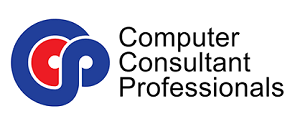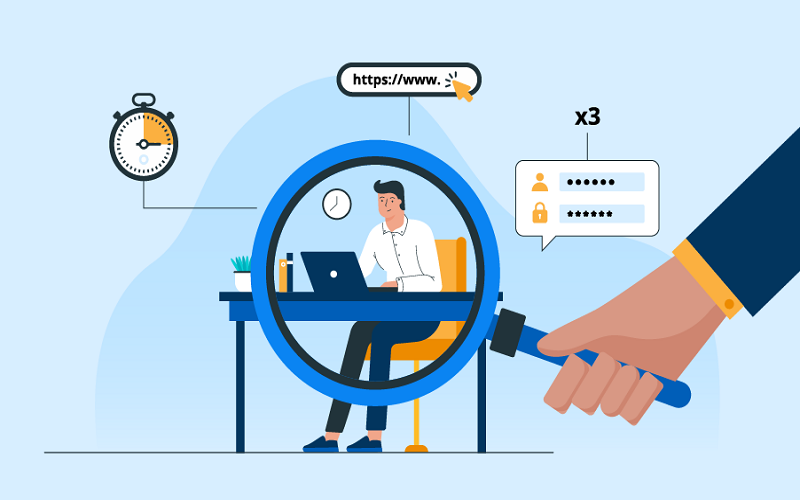In today’s digital age, the evolving landscape of work often entails remote setups, flexible schedules, and diverse modes of productivity. As businesses adapt to these changes, the need for effective employee monitoring has become paramount. However, the delicate balance between monitoring and respecting privacy is crucial. Employers must adopt best practices to ensure productivity without compromising trust and morale within their workforce.
Best Practices for Employee Monitoring
Understanding the Purpose of Employee Monitoring
Employee monitoring serves multiple purposes, primarily aiming to enhance productivity, ensure compliance with company policies and legal regulations, and protect sensitive data. Yet, it’s imperative to emphasize that monitoring should not undermine employees’ trust or invade their privacy. Transparency and clear communication about monitoring practices are key to maintaining a healthy work environment.
Implementing Transparent Policies
Clear communication about monitoring policies is fundamental. Employers must outline the extent of monitoring, what data is collected, how it’s used, and the purposes behind it. This transparency builds trust and helps employees understand the reasons for monitoring, fostering a sense of accountability rather than discomfort.
Leveraging Technology Wisely
Technological advancements offer a plethora of monitoring tools, from time-tracking software to keystroke loggers. However, employers must use these tools judiciously, striking a balance between monitoring and respecting employees’ boundaries. Utilizing non-invasive methods, such as productivity trackers or software that measures task completion rather than individual activities, can be more conducive to a positive work culture.
Focus on Goal-Oriented Monitoring
Rather than fixating on minute-by-minute activities, employers should emphasize goal-oriented monitoring. Setting clear objectives and milestones allows for a more results-driven approach. By focusing on outcomes, employers can promote a culture centered on productivity and achievement, allowing employees the autonomy to manage their time effectively.
Respect for Privacy and Boundaries
Respecting employees’ privacy is crucial for maintaining a healthy work environment. Monitoring should never encroach on personal spaces or non-work-related activities. Employers must delineate between professional and personal spheres, ensuring that monitoring is confined to work-related tasks and conducted transparently.
Emphasizing Trust and Collaboration
Employee monitoring should not foster an atmosphere of distrust. Instead, it should reinforce trust between employers and employees. Encouraging open communication, providing feedback, and involving employees in decision-making processes can create a collaborative environment where monitoring is seen as a tool for improvement rather than surveillance.
Regular Review and Adaptation
The efficacy of monitoring practices isn’t static. Regular evaluation and adaptation are essential. Employers should review the impact of monitoring on productivity and morale, seeking feedback from employees to refine policies and tools accordingly.
Conclusion
Balancing the need for employee monitoring with respect for privacy and trust is a delicate art for employers. The key lies in transparent communication, goal-oriented approaches, and a culture that values collaboration and trust. Employees should be aware of the rollout of monitoring software or associated policies.By implementing these best practices, employers can effectively monitor employee activities to enhance productivity while fostering a positive work environment conducive to growth and success. Ultimately, it’s about achieving a harmonious balance between monitoring for productivity and preserving the dignity and autonomy of employees.

